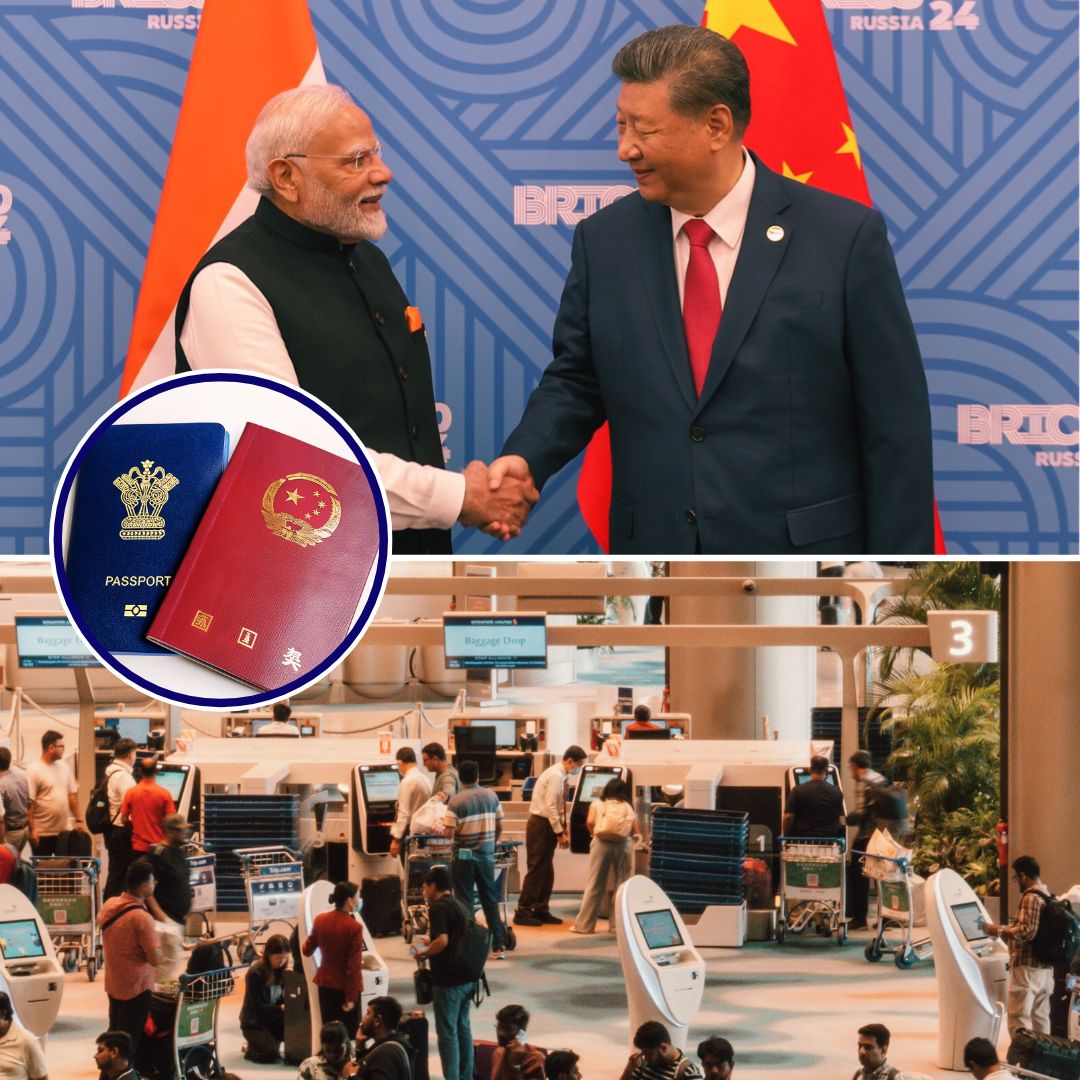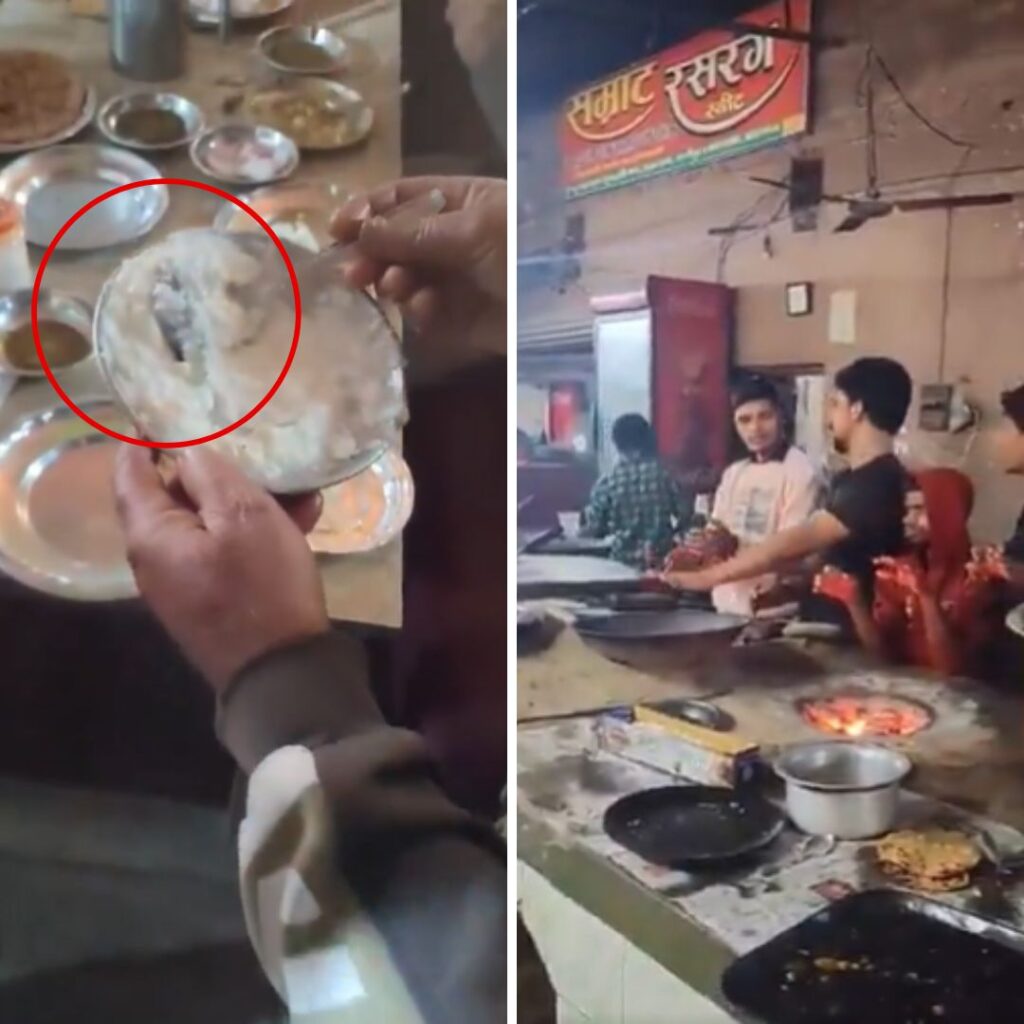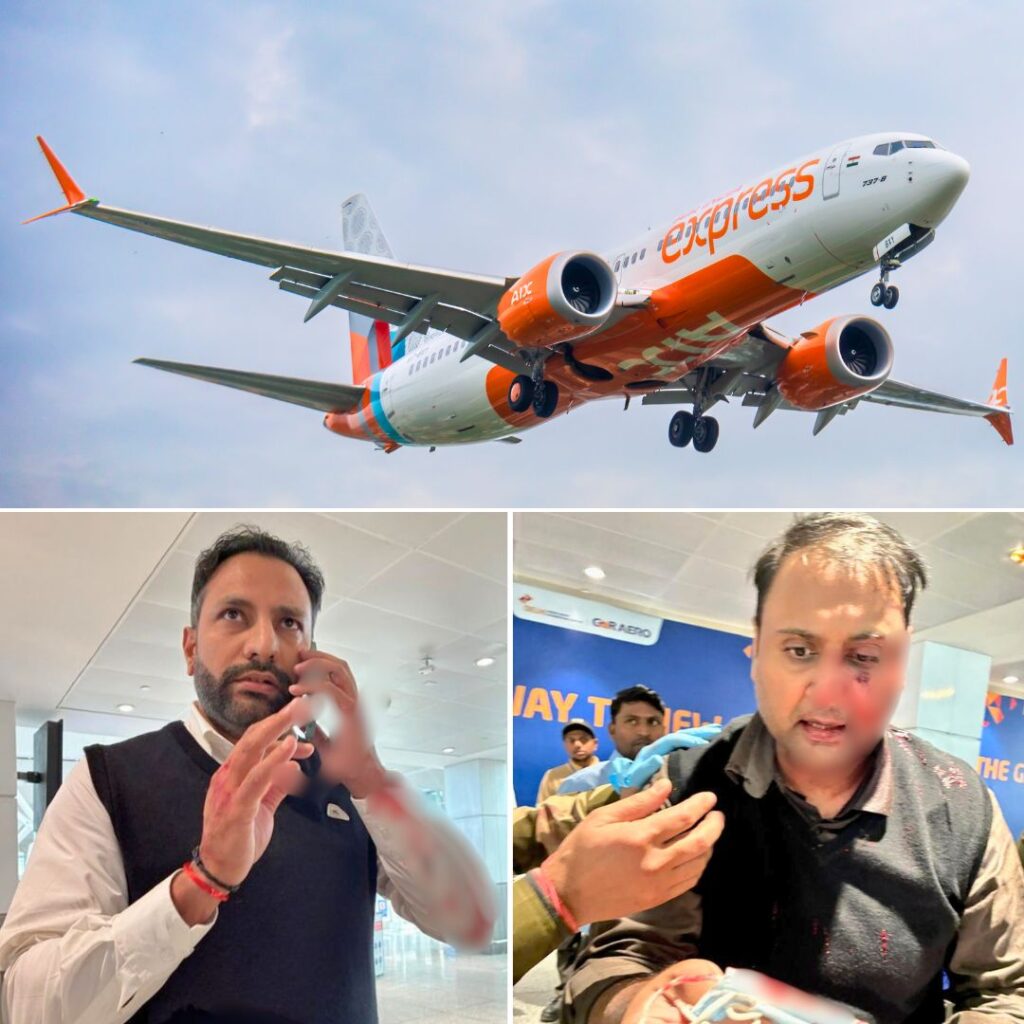India has resumed issuing tourist visas to Chinese citizens from July 24, 2025, ending a five-year freeze put in place following the COVID-19 pandemic and deadly border clashes in Galwan Valley. The announcement, made by the Indian embassy in Beijing, reflects renewed efforts by both governments to normalise relations and restore travel, tourism, and people-to-people ties. The Chinese Ministry of Foreign Affairs hailed the move as a “positive” gesture likely to benefit both nations by easing cross-border engagement.
Milestone Step in India-China Relations
Chinese nationals are now eligible to apply for Indian tourist visas using an online system, followed by a biometric appointment at visa centres in Beijing, Shanghai, or Guangzhou. This visa category does not allow business travel. The embassy’s statement, released in Mandarin via social platform Weibo, directed applicants to complete the online process and schedule an in-person submission with required documents, including their passport and application form.
China’s Ministry of Foreign Affairs responded swiftly, describing India’s decision as “positive,” and affirming Beijing’s readiness to work with New Delhi to further facilitate bilateral travel. The cautious, low-key manner of India’s announcement, largely limited to Chinese-language communications, reflected its sensitivity amidst complex public opinion at home and ongoing diplomatic recalibration.
Context: Thaw After Years of Tension
Tourist visas for Chinese citizens were suspended in 2020, initially as a health measure during the pandemic, but remained off-limits amid escalating bilateral tensions. The Galwan Valley clashes in June 2020 became a defining rupture, prompting India to expand restrictions to investments, technology, and physical travel. Over the intervening years, only select visa categories—such as business, diplomatic, employment, and student—were gradually reinstated, but leisure and cultural visits continued to be blocked.
Diplomacy picked up in the months leading to this resumption, with high-level meetings such as External Affairs Minister S Jaishankar’s recent discussions in China and previous direct engagements between Prime Minister Narendra Modi and President Xi Jinping.
In a pivotal moment, Prime Minister Narendra Modi and President Xi Jinping met at the 2024 BRICS Summit in Kazan, Russia—their first face-to-face interaction since the border standoff. Their handshake offered a symbolic and practical breakthrough, prompting optimism for further steps to reduce friction. Added confidence-building measures, including agreements to resume direct commercial flights and the reopening of the Kailash Mansarovar pilgrimage route for Indian nationals, provided further signals of deliberate, reciprocal thawing.
However, not all signs point to a linear thaw; President Xi notably skipped the 2025 BRICS Summit in Brazil, sending Premier Li Qiang instead and highlighting ongoing sensitivities in the relationship. Observers now look to the upcoming Shanghai Cooperation Organisation (SCO) Summit as a possible venue for further engagement between the two leaders.
The Logical Indian’s Perspective
Restoring tourism speaks to hope, dialogue, and the conviction that genuine people-to-people contacts can bridge divides left by geopolitics. This development is more than a policy update: it signals the will of two ancient civilisations to seek coexistence over conflict. The Logical Indian believes such openings can spark empathy, tolerance, and shared understanding—values needed now more than ever in a turbulent world.











